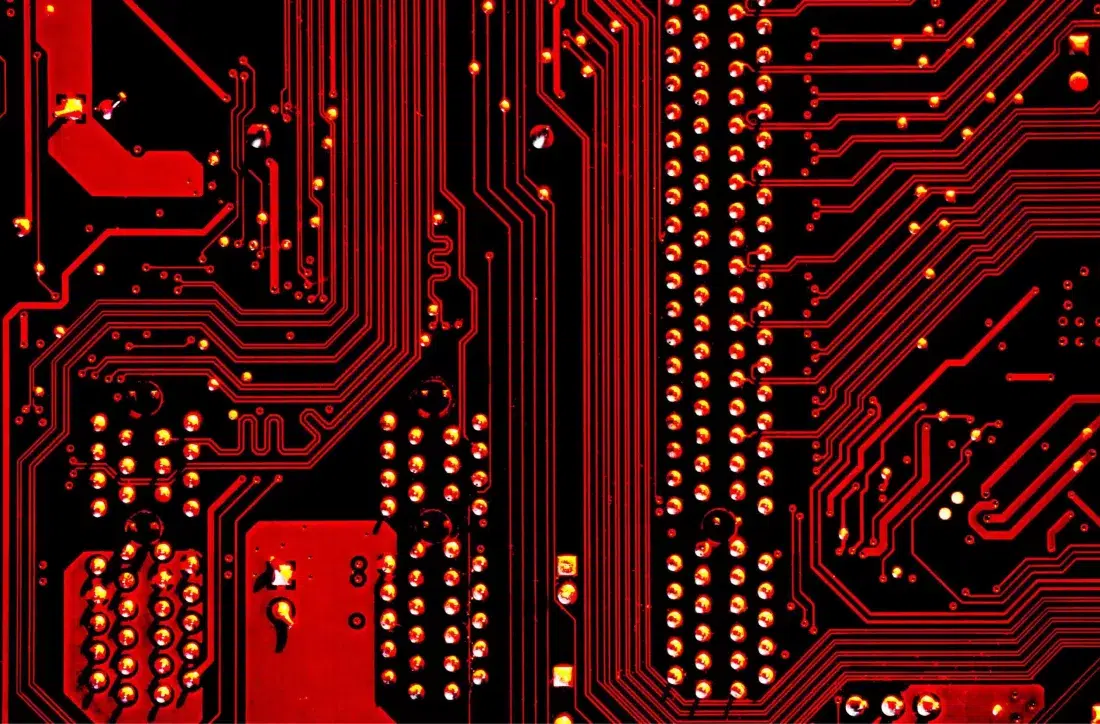In May 2025, the cybersecurity world was rocked by a chilling revelation: ransomware can now infiltrate the very heart of a computer’s processor. Christiaan Beek, senior director of threat analytics at Rapid7, unveiled a proof-of-concept (PoC) for CPU-level ransomware that exploits vulnerabilities in AMD Zen processors, marking a terrifying evolution in cyber threats. This new form of malware operates at the microcode level, bypassing all traditional antivirus and security measures, and persists even through hardware changes or system wipes. Here’s what you need to know about this groundbreaking threat and how to protect yourself.
What Is CPU-Level Ransomware?
Ransomware traditionally encrypts files on a device’s storage, demanding payment for decryption keys. However, CPU-level ransomware, as demonstrated by Beek, takes this a step further by embedding malicious code directly into a processor’s microcode—the low-level instructions that control CPU behavior. By altering microcode, attackers can manipulate core processor functions, such as encryption processes, or lock the CPU until a ransom is paid. This makes the malware nearly impossible to detect or remove using conventional software-based defenses.
Beek’s PoC, inspired by a Google-discovered flaw in AMD Zen chips (affecting Zen 1 through Zen 5), exploits a vulnerability that allows unsigned microcode patches to be loaded onto the processor. For instance, Google researchers showed how this flaw could force the CPU’s random number generator to always return “4,” undermining encryption security. Beek took this concept further, crafting ransomware that hides within the CPU, evading Secure Boot and surviving operating system reinstalls.
Why Is This Threat So Dangerous?
The implications of CPU-level ransomware are staggering:
- Bypasses Traditional Security: Since it resides in the processor’s firmware, it evades antivirus software, firewalls, and other software-based defenses.
- Persistence Across Hardware: Even replacing storage, RAM, or reinstalling the OS won’t remove the malware, as it’s embedded in the CPU or motherboard firmware.
- Potential for Widespread Damage: If deployed in the wild, this ransomware could target critical infrastructure, enterprises, or individual users, with state-level actors likely to exploit it first.
- Stealth and Subtlety: Beyond locking systems, attackers could use this access to insert subtle malware, such as manipulating encryption calls to harvest sensitive data without detection.
Beek emphasized the severity, stating, “Ransomware at the CPU level, microcode alteration, and if you are in the CPU or the firmware, you will bypass every freaking traditional technology we have out there.”
The Origins of the Threat
The idea for CPU-level ransomware stemmed from a critical bug in AMD’s Zen architecture, which Google’s security team exposed earlier in 2025. This flaw allowed attackers to inject unapproved microcode, breaking encryption at the hardware level. Beek, with his background in firmware security, saw the potential for ransomware and developed his PoC, which he presented at the RSA Conference (RSAC) in May 2025.
While Beek’s work is a white-hat effort to highlight vulnerabilities, it’s not the first indication of firmware-level threats. UEFI bootkits like BlackLotus (2023) and CosmicStrand have shown that firmware attacks are feasible. Moreover, leaked chats from the Conti ransomware gang in 2022 revealed attempts to develop UEFI-based ransomware, though they were unsuccessful.
Is This Threat Real Today?
Currently, CPU-level ransomware remains a theoretical risk, as Beek has no plans to release his PoC code or documentation. However, the threat is not entirely hypothetical. Cybercriminals are increasingly exploring firmware-level attacks, and the Conti leaks suggest ransomware gangs are actively pursuing such capabilities.
Experts believe that if CPU-level ransomware emerges in the wild, it will likely be wielded by highly skilled, state-sponsored actors rather than common cybercriminals, at least initially. This is due to the technical complexity of crafting and deploying microcode-based attacks. Still, the low barrier to entry for ransomware-as-a-service (RaaS) models could eventually democratize such threats.
How to Protect Against CPU-Level Ransomware
While this threat is nascent, proactive measures can reduce your risk:
- Apply Microcode Updates: AMD has released patches for the Zen vulnerability (e.g., AGESA 1.2.0.3C for Zen 5). Ensure your system’s BIOS and firmware are updated.
- Monitor Firmware Integrity: Use tools that verify the integrity of UEFI firmware and microcode updates to detect unauthorized changes.
- Strengthen Foundational Security: Beek criticized the industry’s focus on AI and ML while neglecting basics like strong passwords, multi-factor authentication (MFA), and patching high-risk vulnerabilities. Implement these fundamentals rigorously.
- Maintain Offline Backups: Regular, offline backups of critical data can mitigate the impact of ransomware, even if it targets hardware.
- Invest in Advanced Detection: Solutions like Intel’s Threat Detection Technology (TDT) use CPU telemetry to identify abnormal behavior, potentially catching firmware-level threats.
The Bigger Picture
Beek’s PoC underscores a broader issue: the cybersecurity industry’s failure to address foundational weaknesses. Despite advancements in AI-driven security, ransomware gangs continue to exploit simple vulnerabilities, raking in billions annually. The emergence of CPU-level ransomware highlights the need for a paradigm shift, where hardware-level security is prioritized alongside software defenses.
As Beek noted, “We should not be talking about ransomware in 2025—and that fault falls on everyone: the vendors, the end users, cyber insurers.” His warning is a wake-up call to bolster defenses before this threat moves from proof-of-concept to real-world devastation.
Conclusion
CPU-level ransomware represents a new frontier in cybercrime, with the potential to disrupt systems at their core. While the threat is not yet widespread, its development signals a future where hardware-level attacks could become commonplace. By staying informed, applying patches, and reinforcing basic security practices, individuals and organizations can prepare for this evolving danger. The time to act is now—before the ghost in the machine becomes a nightmare.
Sources:
- Tom’s Hardware: “World’s first CPU-level ransomware can ‘bypass every freaking traditional technology’”
- PCWorld: “CPU-level ransomware is possible, and terrifying”
- The Register: “You think ransomware is bad? Wait until it infects CPUs”
- The Indian Express: “Forget software, researcher develops proof of concept ransomware that infects CPU”
- TechSpot: “Ransomware can now run directly on the CPU, researcher warns”
- X Post by @Pirat_Nation: Describes the PoC and its implications

